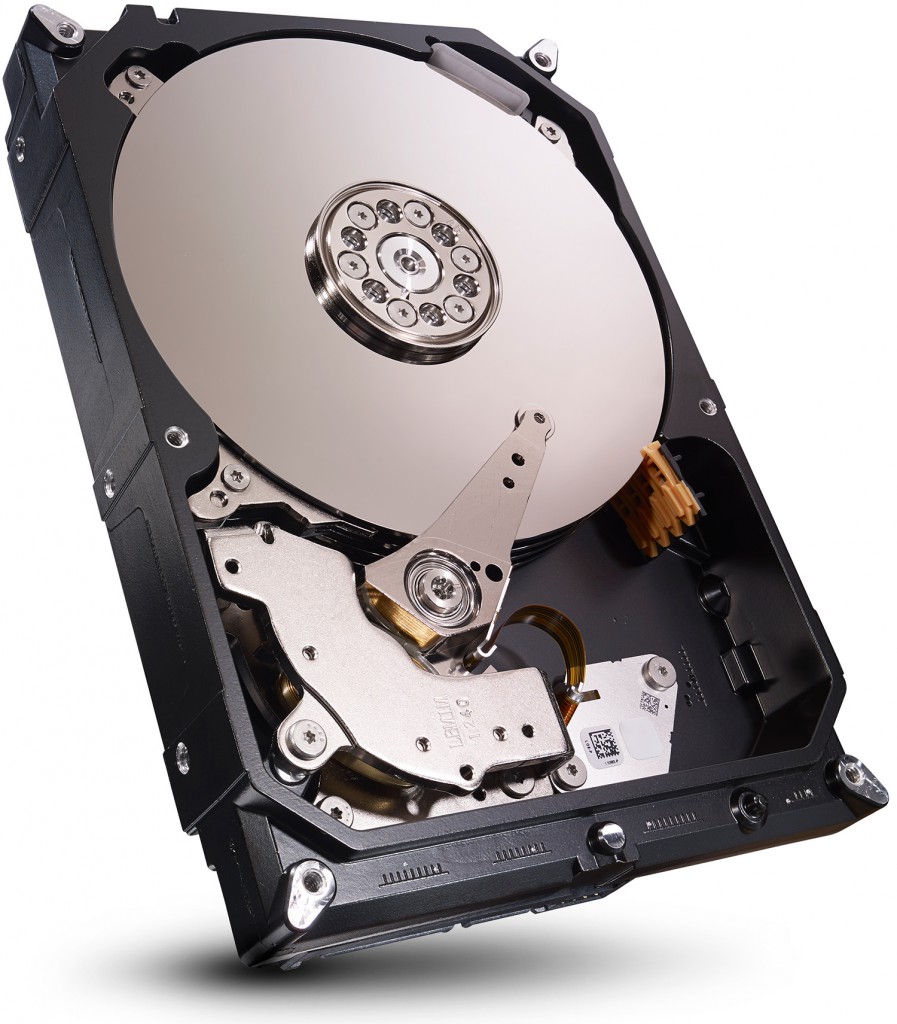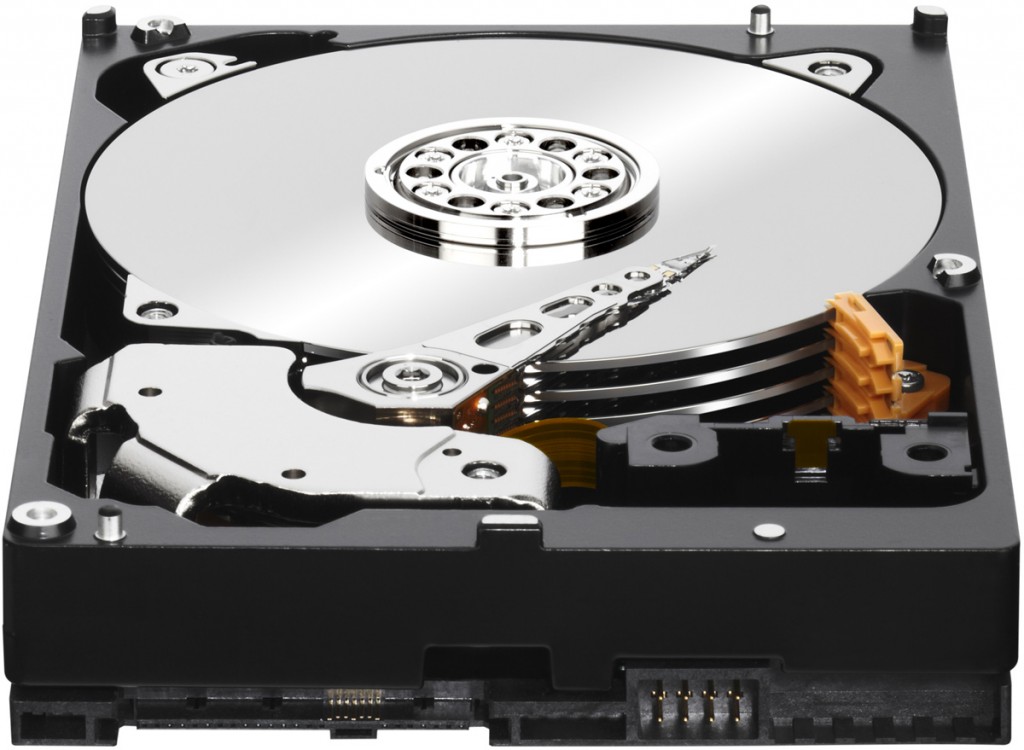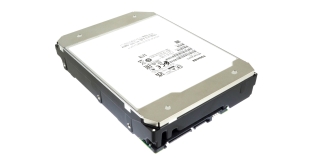Traditionally, once a technology becomes obsolete, it falls into oblivion and only a handful of people actually remember it. Today, not a lot of people recall, what is diskette, cathode-ray tube display or 5.25” hard disk drive. But while diskettes and CRTs are not coming back, 5.25” HDDs may get their chance.
“Watch out this space,” said Joe Fagan, senior director of cloud initiatives at Seagate in EMEA region, in an interview with Techradar.
FOLLOW UP: Seagate denies intention to re-introduce 5.25-inch HDDs.

The amount of data that modern hyper-scale datacentres need to store is already overwhelming and it continues to grow exponentially. In the recent years many hard drive makers introduced multiple ways to increase capacities of storage devices, but things like shingled magnetic recording as well as helium-filled hard drives may not be the only ways to boost HDD capacities. Seagate Technology hints that the industry could return 5.25” hard disk drives to the market, which will dramatically increase per-HDD capacity, something that will be extremely useful for cold data storage applications.
“Hyperscale customers are the one giving momentum for the search for a new form-factor,” said Mr. Fagan. “It is all about the storage capacity per unit volume.”
The majority of data stored in modern datacentres – up to 80 per cent, according to some estimates – is inactive or “cold”; it is not accessed, or updated. Because it is very expensive to store petabytes of information that is almost never used, many datacentres nowadays build cost-optimized cold data storage infrastructure. With the purpose of minimizing costs, such storage solutions do not utilise RAID or any other sophisticated technologies used for “hot” data storage devices. The main goals of cold data storage solutions is to store maximum amount of data per cubic meter of a datacentre while consuming the lowest amount of energy.
Physically large hard drives with large platters can naturally increase the amount of data stored per cubic meter of a datacentre. However, such drives will also consume considerably higher amount of energy than 3.5” HDDs. They will also vibrate more and will produce more noise and heat. However, since 5″ platters can store at least two times more data than 3.5″ platters, we are talking about 3TB platters with the current leading-edge areal density. Five of such platters could enable 15TB HDDs today.
Hard disk drives in 5.25” form-factor disappeared from the market in the late 1990s because personal computers got considerably smaller than in the 1980s and 3.5” hard drives could provide enough capacity and performance for most users and datacentres. At present 5.25” form-factor is used mostly by optical disk drives and card readers, but not by HDDs. At present there are no platters, motors or heads suitable for such storage devices. If one decides to resurrect the form-factor, this company will have to develop both internal components as well as external infrastructure for such HDDs since modern datacentre hardware is tailored for 2.5″ and 3.5″ hard drives. Given that such development takes years, do not expect 5.25″ HDDs to re-emerge any time soon.
Ironically, Seagate Technology was among the first to introduce 5.25” hard drives in 1980. If the company decides to actually go on with larger HDDs, it will basically give birth to the same form-factor two times.
Discuss on our Facebook page, HERE.
KitGuru Says: While 5.25” HDDs could make sense for scale-out datacentres and the idea to increase the size of a HDD platter sounds like a logical idea, it just does not seem like this is the right way to go. There is heat-assisted magnetic recording incoming, there is bit patterned media coming after HAMR, there is a roadmap towards 100TB HDDs by 2025. All-in-all, it just does not make too much sense to use physically large HDDs.
 KitGuru KitGuru.net – Tech News | Hardware News | Hardware Reviews | IOS | Mobile | Gaming | Graphics Cards
KitGuru KitGuru.net – Tech News | Hardware News | Hardware Reviews | IOS | Mobile | Gaming | Graphics Cards




I say go for it, I really need something to occupy my 5.25″ bay since I don’t use optical disc drives anymore.
➧➧➧➧68$ AN HOUR@ag12:
Going Here you
Can Find Out,
►►► https://MrWorkOnline.com/gets/position…
❂❂❂❂❂❂❂❂❂❂❂❂❂❂❂❂❂❂❂❂❂❂❂❂❂❂❂❂❂❂❂❂
I agree.
This would seem to be a logical step, given the the current problems associated with increasing the areal density, and the limit on the number of platters that can be safely housed within a 3.5″ drive without flutter causing problems.
Whether the same number of platters can be used within a 5.25″ form factor without flutter issues will dictate its suitability.
____________________________________
http://www.DiskEng.com – Advanced Data Recovery Services
Well, imagine WD BLACK in 5,25″ format. The only way to expand HDD capacity is to expand it’s physical size.
BTW, I use optical drives, how else I could rip CDs?
4 of my 5,25 slots are filled with 2 DVD-ROM drives, 5,25″ floppy drive and SLR5 drive, though I need only 1 optical drive, so I could fill one with a 5,25″ hdd.
I think more platters can be fir to 5,25″, as 5,25″ drives are higher, than 3,5″, 5,25 is 1/2 of the standard height, while 3,5″ is only 1/3.
I have 3 5.25” bays in my Dell Precision T7500. One is a BD-R+DvD-RW drive, another houses a DDS/DAT 72 tape, and yet another has a hdd caddy with 2 2.5″ hdds tucked inside. Im just saying you dont need a 5.25″ hdd when you can pack more in the same volume. You can also install several I/O panels with integrated 20in 5 card readers and bluetooth using 5.25 flex bay adapter.
Am I the only one wondering *why tf you have an SLR5 drive*? Or a floppy drive for that matter?
By now I have expanded with a DDS3 drive and DLTVI drive, cheers.